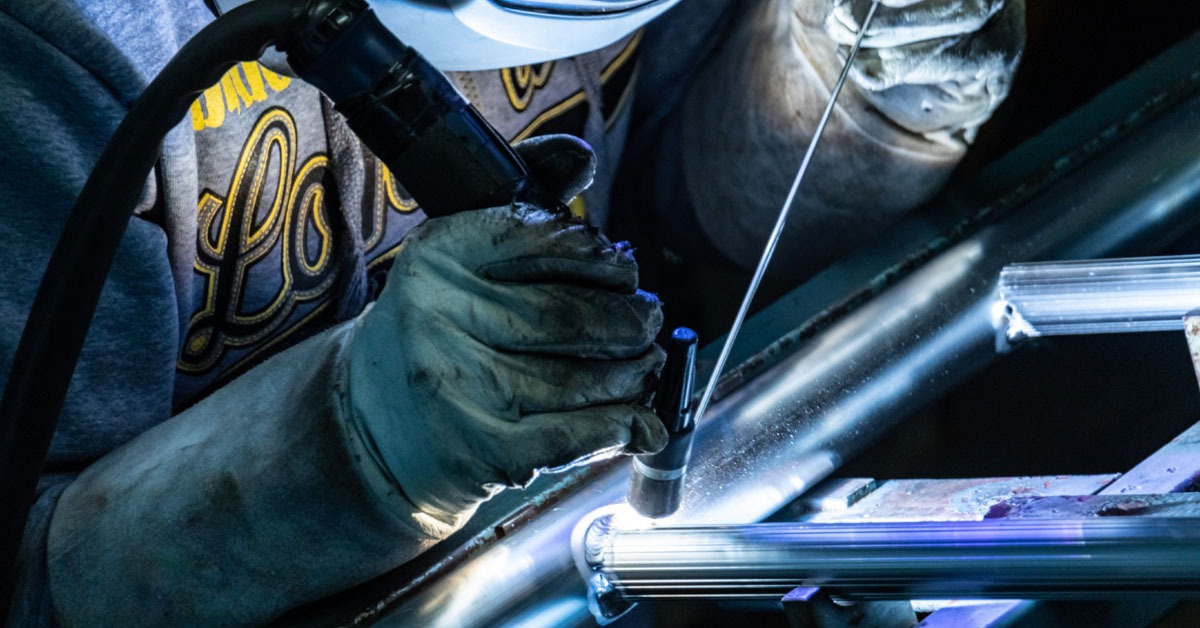Welding difficult-to-weld materials poses significant challenges that require specialized techniques, equipment, and expertise. Materials such as titanium, aluminum, stainless steel, and high-strength low-alloy steels present unique problems that can complicate the welding process. This article explores the challenges associated with welding these materials and provides solutions to ensure high-quality welds.
Challenges in Welding Difficult-to-Weld Materials
- High Melting Points
- Materials like titanium and certain high-strength alloys have high melting points, making them difficult to weld using conventional methods. This requires specialized welding techniques and equipment capable of generating sufficient heat.
- Oxidation and Contamination
- Metals such as aluminum and titanium are highly reactive and can easily oxidize when exposed to air during the welding process. Oxidation can lead to weak welds and defects. Contamination from oils, dirt, or other metals can also compromise weld quality.
- Thermal Expansion and Contraction
- Different materials expand and contract at different rates when heated and cooled, leading to issues such as warping, cracking, and residual stresses in the welds. Aluminum, for example, has a high thermal expansion rate, which can cause significant distortion.
- Hardening and Brittleness
- Some materials, like high-strength low-alloy steels, can become hard and brittle in the heat-affected zone (HAZ) due to rapid cooling. This brittleness can result in cracks and reduced weld integrity.
- Porosity and Inclusions
- Porosity, or the presence of tiny gas pockets within the weld, can occur in materials like aluminum, reducing the strength and quality of the weld. Inclusions of non-metallic materials can also form, leading to weak spots and potential failure points.
Solutions for Welding Difficult-to-Weld Materials
- Pre-Weld Cleaning
- Thoroughly clean the materials before welding to remove contaminants such as oils, dirt, and oxides. This can involve mechanical cleaning methods like grinding and brushing or chemical cleaning with solvents.
- Shielding Gas
- Use an appropriate shielding gas to protect the weld pool from oxidation. Argon and helium are commonly used gases for welding reactive metals like titanium and aluminum. In some cases, a mix of gases may provide better results.
- Preheating and Post-Weld Heat Treatment
- Preheating the material before welding can reduce thermal shock and minimize the risk of cracking. Post-weld heat treatment can relieve residual stresses and reduce brittleness, improving the overall strength and integrity of the weld.
- Advanced Welding Techniques
- Techniques such as Tungsten Inert Gas (TIG) welding and Electron Beam Welding (EBW) are suitable for welding difficult materials. These methods provide better control over the welding process and can achieve higher quality welds.
- Filler Materials
- Use filler materials that are compatible with the base metals being welded. This helps in achieving a strong, defect-free weld. For instance, using aluminum-silicon filler for welding aluminum can reduce the risk of cracking.
- Controlled Environment
- Welding in a controlled environment, such as a vacuum chamber or an inert gas-filled enclosure, can prevent contamination and oxidation, especially when working with highly reactive metals like titanium.
- Slow Cooling Rates
- Controlling the cooling rate can prevent hardening and brittleness. Slow cooling allows for a more gradual change in the microstructure of the weld and surrounding material, reducing the risk of cracking.
- Proper Welding Parameters
- Adjust welding parameters such as current, voltage, and travel speed to suit the specific material and thickness. Proper parameter settings are crucial for achieving consistent and high-quality welds.
Conclusion
Welding difficult-to-weld materials requires a comprehensive understanding of the unique properties and challenges associated with each material. By implementing specialized techniques, using appropriate equipment, and adhering to best practices, welders can overcome these challenges and produce high-quality, reliable welds. Continuous education and training in advanced welding methods and materials science are essential for staying up-to-date with the latest advancements and techniques in the field.

